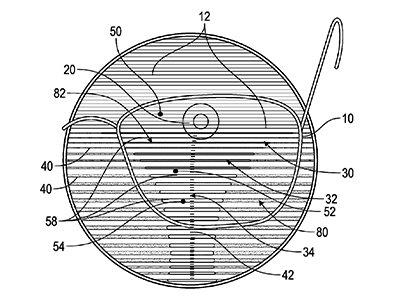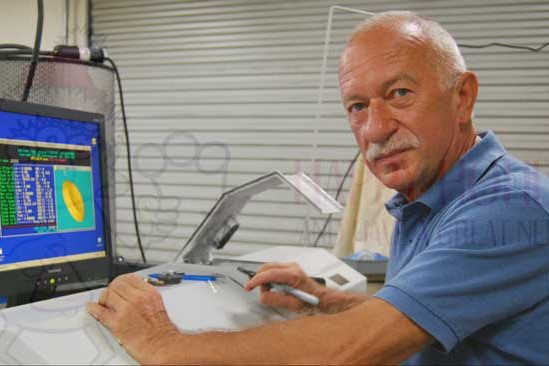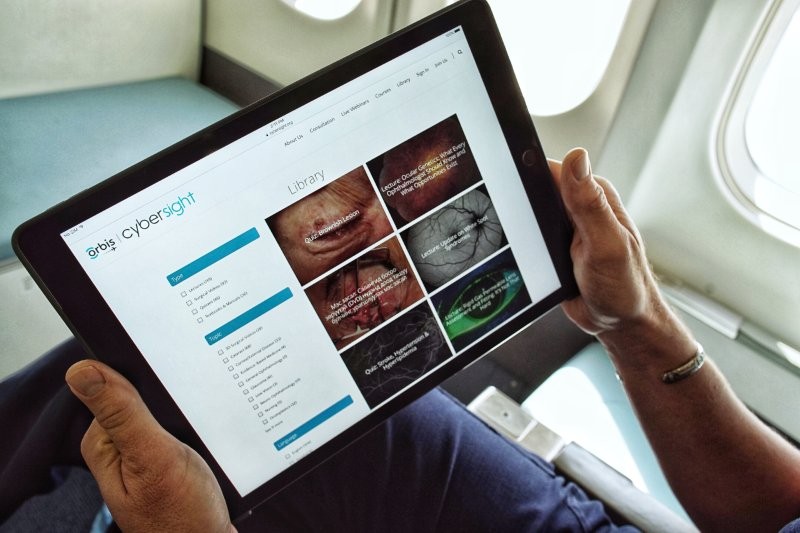New free-form spectacle lens unveiled
US-based digital lens design company QLDS has developed Omnilux, a novel, natural accommodation multifocal spectacle lens the company says requires no fitting-height measurement or adaptation period.
Announcing the new free-form multifocal technology patent, lens designer Michael Walach, president of Quest Vision Care Specialty Lab and QLDS CEO, said the Omnilux lens was developed using QLDS’ natural addition lens (NAL) ergonomic model. “After more than half a century and hundreds of design patents and free-form technology advancements based on Bernard Maitenaz’s progressive addition lens (PAL) utility patent, a fresh multifocal lens concept is here.”
Florida-based Walach told NZ Optics the reasons behind the lens’ genesis. “I didn’t want to do another multifocal PAL. Your first pair of progressives will likely make you feel nauseous and you’ll be told to get used to them over five to 10 days, during which time you’ll learn to navigate by adjusting your gaze to the progressive corridor. Around 80% of people get used to them – some will love them, others will tolerate them – but 20% will give up on them.”
Omnilux offers more natural vision than progressives, said Walach. “The PAL design is an hourglass shape, with the ‘neck’ being the progressive corridor. Our idea was to learn from the best elements of multifocal lens design and try to eliminate the worst things, such as spatial disorientation, nausea and the weightiness of the lenses either side of the progressive corridor. We thought, what if instead of an 8mm corridor, we make it 24mm, to try and mimic our natural vision when you look up or down? So that gave us a funnel shape, although I prefer to think of it as a Martini glass!

Patent diagram illustrating the QLDS’ NAL design
“When we remove that narrow neck of the hourglass, vision from near to intermediate to far vision is all connected – wherever you look, it feels totally natural. So the first time you try our lenses, there’s no navigational adjustment needed – the lower you look, the closer you see.”
Without the standard progressive corridor, dispensing opticians or optometrists don’t need to find the correct fitting height, explained Walach, which is hugely significant for bricks-and-mortar stores. “Not only do they not need to spend time on those measurements, they don’t need to worry that a slight error of 1-2mm will mean the patient has to come back for redos, or they get fed up with their spectacles and not come back at all. So our lenses are dispensed exactly like single-vision lenses.”
This lack of fitting height also opens up e-commerce possibilities for QLDS’ Omnilux lens, he added, as currently only 1% of spectacles sold online are progressives. “For the past five years we’ve been developing our cloud-based digital lens-design platform – it’s free-form technology, so any retailer with a lab can make an Omnilux spectacle lens.”


























